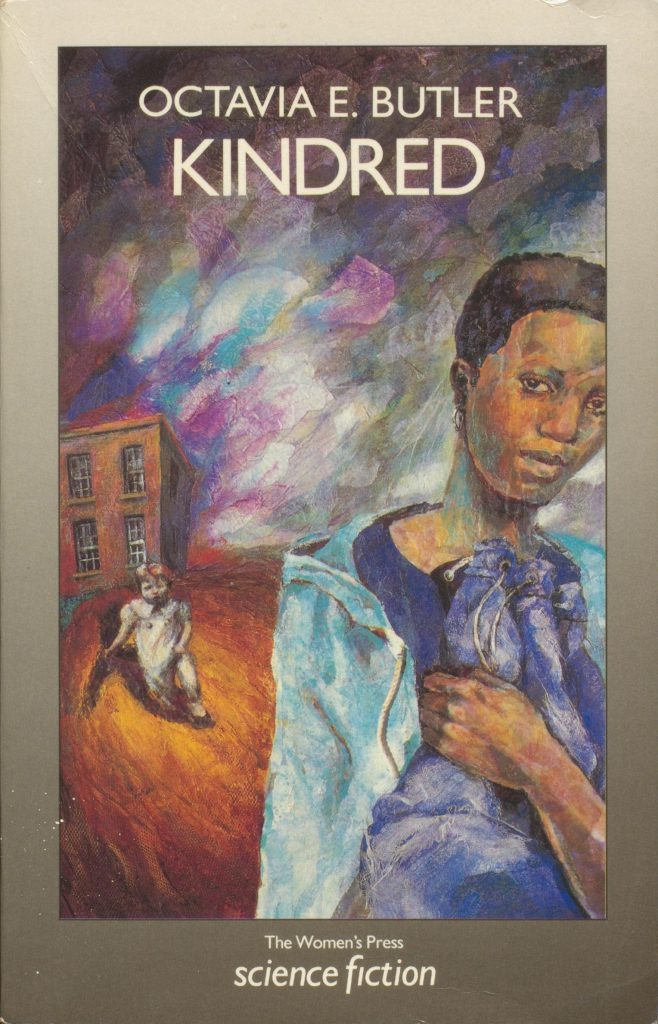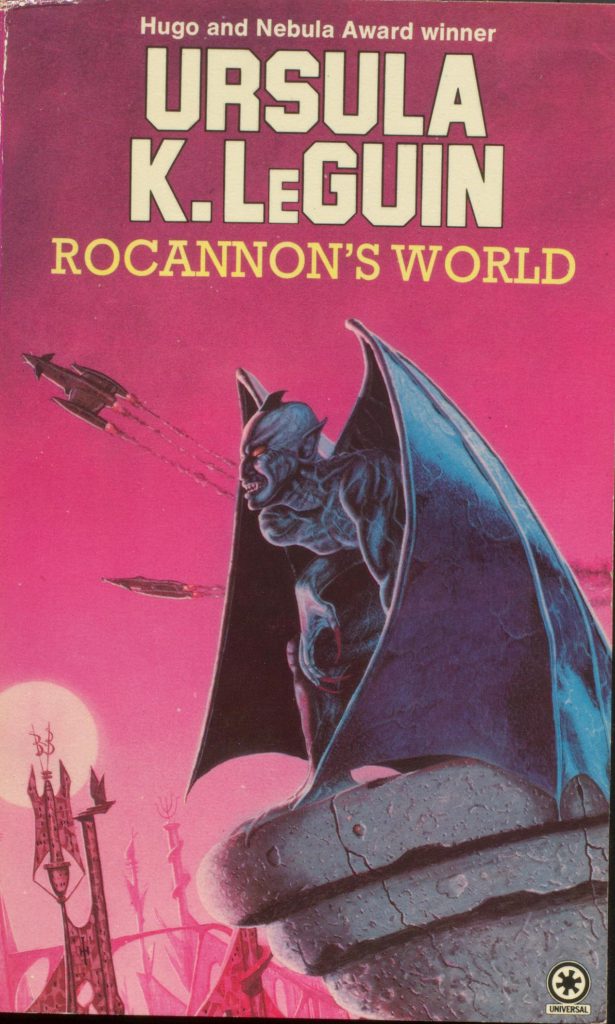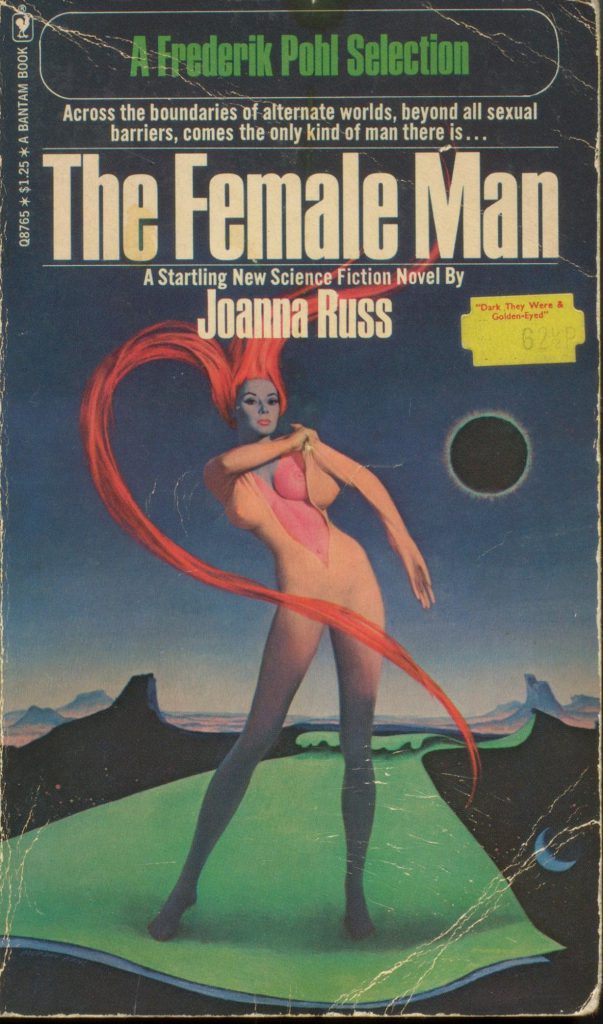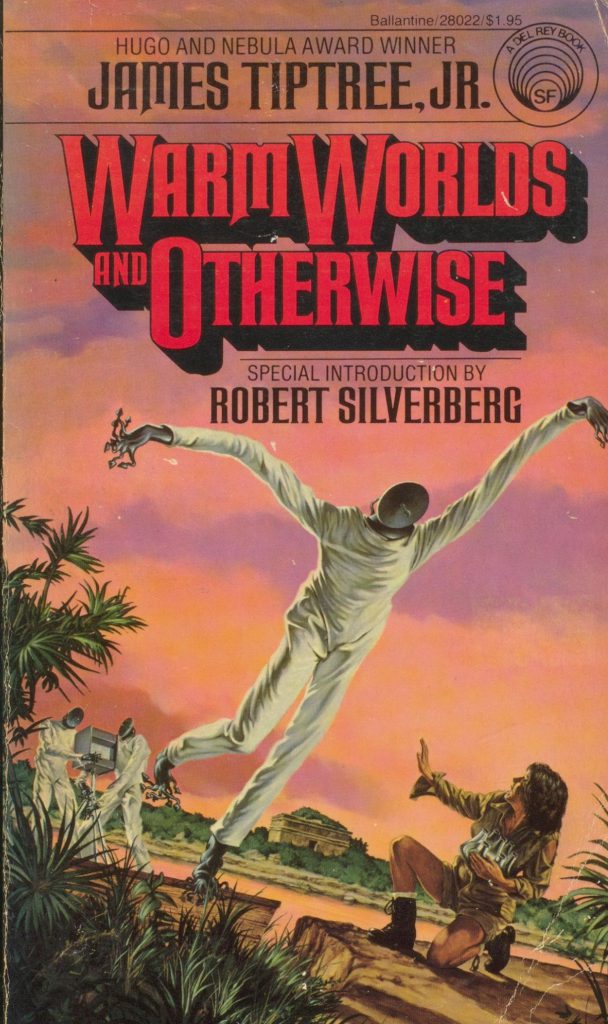Today marks the UN’s International Day of Women and Girls in Science. Globally, women are still underrepresented in scientific roles, so this is a day to break down barriers and to celebrate science’s heroines, past and present.
Looking to our collections, we highlight some notable women in science.
BOTANY
Dr Margery Knight, a lecturer in botany at the university from 1912 until her retirement in 1954, was a seaweed specialist. She and her students could often be seen scrambling over rocks at the Port Erin marine research station, even after Knight lost her leg in a car accident in 1936.
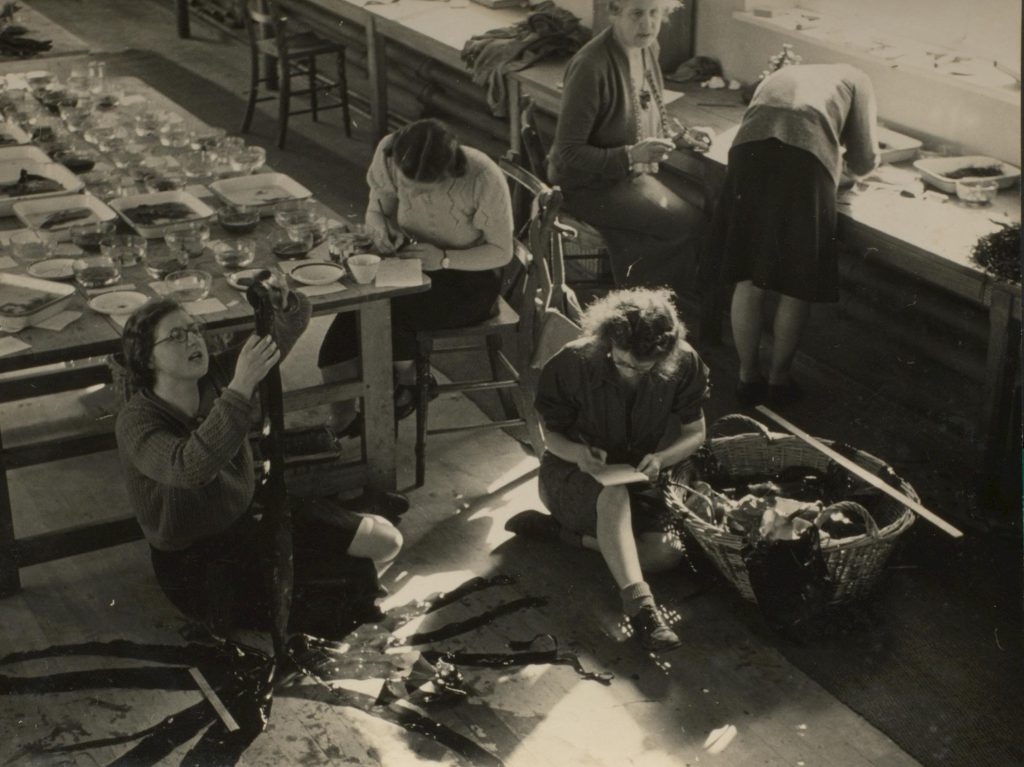
As well as her scientific contributions, she was known for her generosity and support of students. Dr Burges (Professor of Botany, 1952-1966) wrote her obituary for the University of Liverpool Recorder and noted that:
‘It was I believe completely unappreciated that the “small fund to which she had access,” and from which she helped so many, was in fact her own pocket.’
The high esteem in which she was held is evident from this gift: an album containing messages from staff, former students and members of the scientific community, presented to Knight on her 80th birthday (alongside pressed seaweed).
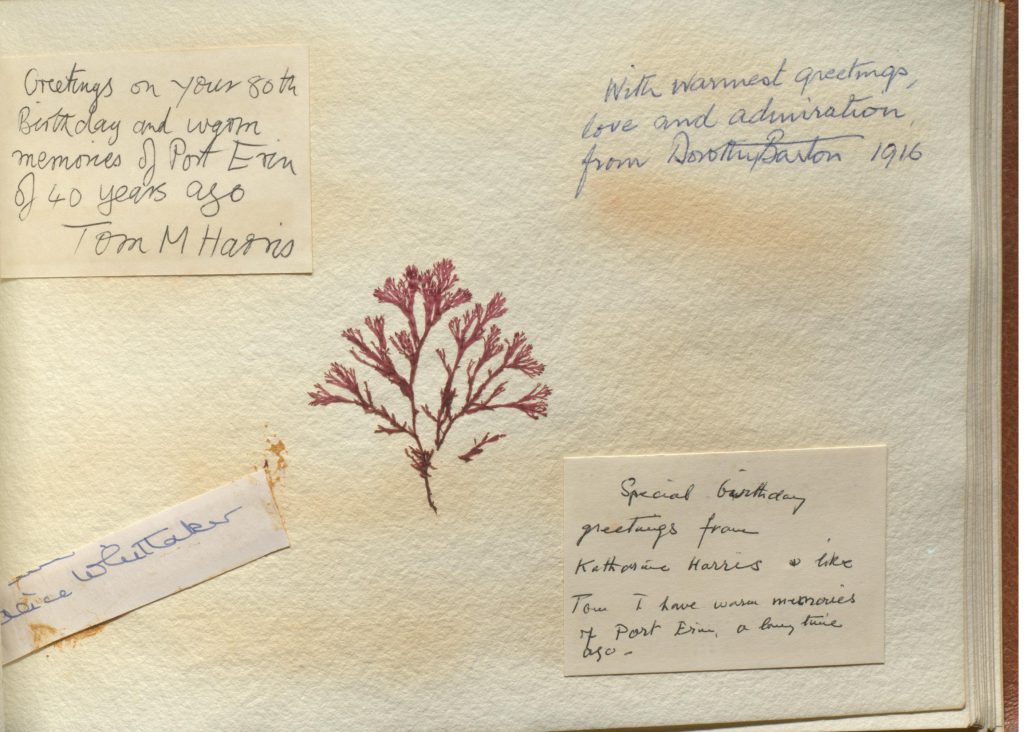
May Rathbone, part of the Liverpool family of politicians, philanthropists and social reformers, initially trained as a doctor at the turn of the 20th century. She went on to become a botanist, an amateur artist and a keen mountaineer. She spent many holidays in Norway and even worked on a glossary of Norwegian botanical terms.
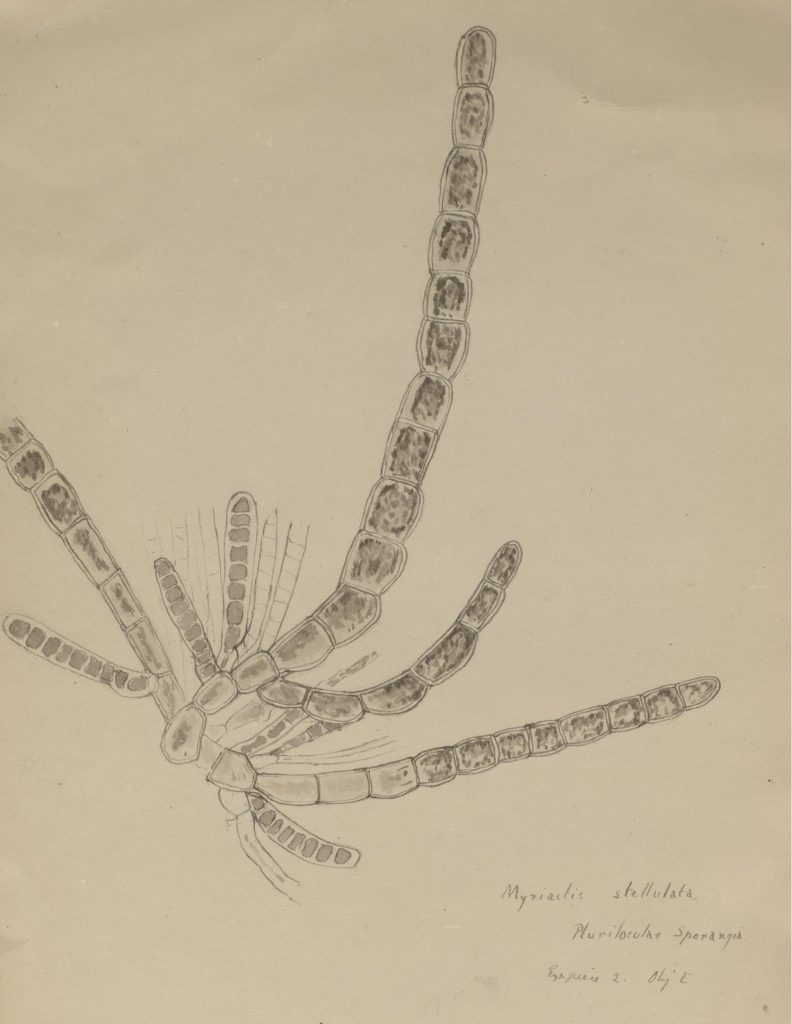
MEDICINE
Knotty Ash-born Phoebe Powell was the first female medical graduate at the University of Liverpool, gaining her MD in 1912. She later married fellow doctor Douglas Bigland.
Over her short life (she died in 1930), she held a variety of medical posts and published widely on venereal disease. She lectured in pathology at the university, was house physician at the Liverpool Stanley Hospital and, on the establishment of the Crofton Recovery Hospital for Women in 1922, became Consulting Physician. In 1926 she set up a Mothers’ Welfare Clinic, dispensing contraceptive advice to women.
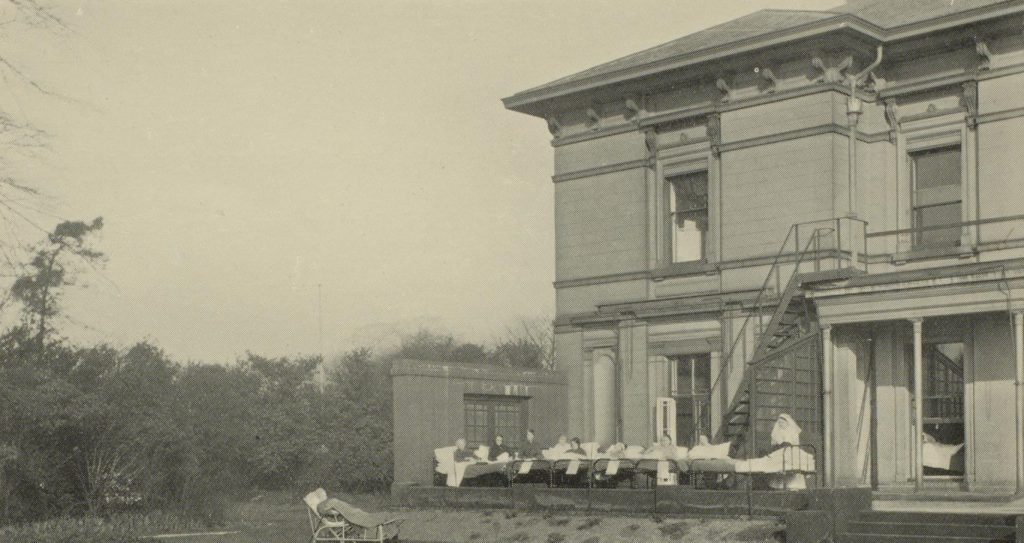
She was also committed to supporting women in the field of medicine, serving as president of the Liverpool Association of the Federation of Medical Women. In an obituary of Bigland, pioneering surgeon and gynaecologist Frances Ivens-Knowles celebrated her as: ‘a real “live wire” when there was any work for medical women to be done.’
VETERINARY SCIENCE
Annie Littlejohn graduated as a vet from the University of Liverpool in 1949, and stayed here to lecture on veterinary medicine. After leaving Liverpool, she worked at the Animal Diseases Research Association in Edinburgh and the government’s Central Veterinary Laboratory.
She mostly focused on farm animals, though clearly she had time for important doggy medicine too.

SCIENCE FICTION
Ahem… not technically a branch of science, we know. But we couldn’t miss this opportunity to shout about some of the fantastic female authors represented in our science fiction collections.
